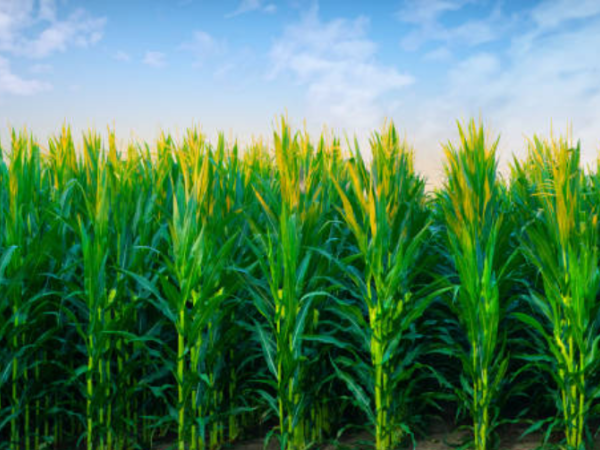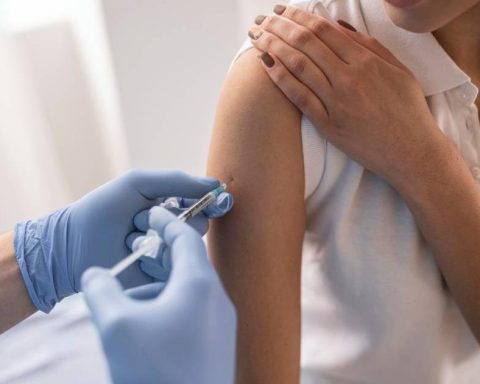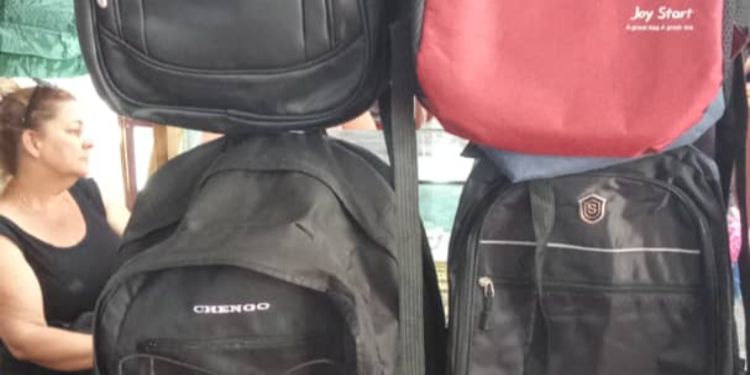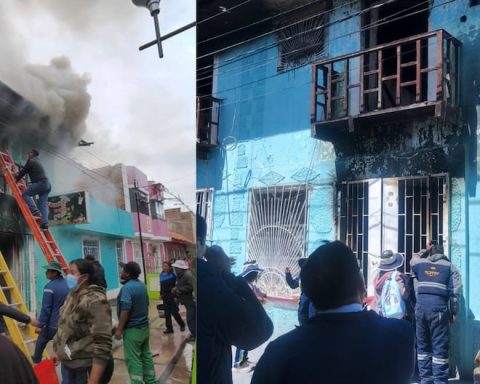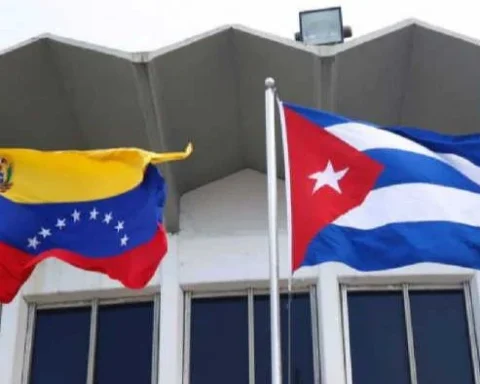The cereal sector union has been warning of different situations that affect corn, bean and soybean harvests in the country. Not only the probable La Niña phenomenon has challenged it, but also the lack of control over the import of products.
(Read: Petro explains how his proposal to implement forced investments would work)
In this context, Henry Vanegas, general manager of Fenalce, He spoke with Portafolio about the measures they are proposing to the Government to guarantee the supply of cereals and legumes in the country.
They have warned of situations that may affect production. What is happening?
We are concerned about the risk and supply of agricultural crops such as corn, which is on the table of Colombians, like beans and soybeans, because they are raw materials with which feed is made to produce eggs, chicken, pork, fish, milk, the final part of fattening in livestock and pet food.
(See more: Agricultural growth, more due to external factors than productivity)
These are foods that are essential for food security. We draw the Government’s attention to the fact that there has been a significant reduction in the areas under cultivation compared to the first half of 2023. If we want to become a food-producing power, we must be aware that the situation is not going as expected.
Henry Vanegas, general manager of Fenalce
Courtesy
How are the production figures going?
In the first half of the year, 67,000 hectares of yellow corn were expected to be planted, but we only planted 51,000. There is a reduction of 25%. As for white corn, it is even more striking, because the decrease is around 33%. We were expecting 43,000 and 25,000 hectares were planted.
(See also: Government begins a cycle of talks with the dairy and rice sectors)
They warned about the poor quality of imported corn. What happened?
What is happening is that the ICA and Invima are passing the buck and neither of them has the capacity, nor the personnel, to control the entry of these products into the country. The ICA says that it only controls the phytosanitary part, which involves the quality component.
But there are other aspects to this: the physical aspect, which is related to its appearance, that it does not come in broken grain, where aflatoxins proliferate more, or that it does not have mold and bad smell. Apart from that, there is the genetic quality, which ensures that it is not transgenic, and the physiological aspect, which refers to whether it will be used as a seed for sowing.
These quality components are not determined by the country of origin, but rather the entry of these raw materials is discretionary, they are the sovereignty of the recipient. Colombia does not control the quality of raw materials that are imported, not only corn or soybeans, it happens with several products.
A national plant traceability system is needed to ensure food safety and the health of the population that consumes it. It is a public health problem and agriculture should not be seen only as a provider of food, but rather as healthy and nutritious food that will have an impact on the health of the population.
(Read more: Petro government’s land management has not achieved the proposed goals)

Soy
iStock
Have imports increased?
These external purchases are not controlled. They enter freely, they are not subject to prior inspection, the Dian laboratories are not operating. We are in a country where the corn that Europe or Japan does not receive, enters Colombia.
(See more: Brazilian productivity displaces Colombian livestock exports)
What are they doing about the La Niña phenomenon?
In the Caribbean region, there has been more rain and an increase in the flow of rivers, such as on the banks of the San Jorge River in Sucre. There are small producers of peasant farming, family agriculture, who live by planting green corn. It is a product that goes to the market in Barranquilla and the entire coast.
Some 1,200 hectares have been lost, there are some 2,000 families affected, they are very small producers who live off of this, and they will be left without income. The Government has given special importance to vulnerable areas, but in this case, because it is corn, we have not seen it looking towards that area like Sucre.
Fortunately, corn can be consumed green, but when it is planted for greening, they could not even evade or escape that climatic situation. Despite the short crop cycle, they could not save their green harvest. We do not have sufficient resources to be able to provide significant help to producers.
(Read: ADR to finance projects to replace illicit coca plantations with food)

Corn
iStock
They asked the Government for measures to boost marketing. What are they?
We are seeking risk mitigation measures, such as international price coverage. Countries with which we compete have this. We need to increase the coverage of agricultural crop insurance, through associations, small and medium-sized producers. Food production must be guaranteed.
These problems of producers are also a high risk for the food security of Colombians and for the habitability of many regions. There are conflicts over land use that affect the food security of Colombians.
(See: Supersociedades assures that there is no irregularity with Monómeros)
And in terms of price, how have they behaved?
Prices have been falling on the international market. The dollar is helping because it is above $4,000, so imported corn is not arriving so cheaply. The oil situation can also make freight cheaper, especially in maritime trade, to bring it from the Gulf of Mexico to the Colombian port.
We are price takers of the international market, therefore, weWe propose smart tariffs to promote local productionThis sector is not only producing food, but also generating employment, wealth, boosting the economy and avoiding spending foreign currency on importing products.
We need to have an administration, to have windows in which imported products do not enter because the national harvest is coming out.
(Read also: Bioeconomy, option to recover industrialization in the country)

Soy
iStock
How are the parafiscal funds doing?
Our sector is very small compared to powerful sectors such as coffee, cattle and palm oil. The parafiscal funds are in the order of $3,000 million and $4,000 million, which is not enough for the 400,000 hectares of corn in the country. We can co-finance some activities by working with the Government. We have a hundred technicians linked to the different production areas to provide support in improving productivity and in having good cultivation practices.
The funds are very limited because there is a lot of informality. Because many of the producers are small and do not invoice and do not make the statutory contribution to the parafiscal system. We have a sector that is not formalized.
(See: Using AI will help generate profitability and productivity in agriculture)
What do you think about planting with native seeds?
Conserving the biological variability and biodiversity that we still have is good, but it must have specific characteristics that value it more. These native varieties have not gone through a process of genetic improvement or are very contaminated, degenerated and their yields are very low.
We need to do research, do much more breeding, select the best materials and produce quality seeds. That is a patriotic feeling. We have to break the dependence on imported seeds. We must do our own research. Putting people to work sowing native material as it is, is going to be a real pain in the neck.
(Read more: Rice farmers and the Government have approached each other to discuss the storage incentive)
What do you expect for the rest of the year?
The best support we can give our farmers is to buy what they produce. If we continue to try to manage our food security with imported products, the fields will become increasingly desolate. Because the free trade agreements that were negotiated under poor conditions and disadvantaged the country have left the fields solitary.
